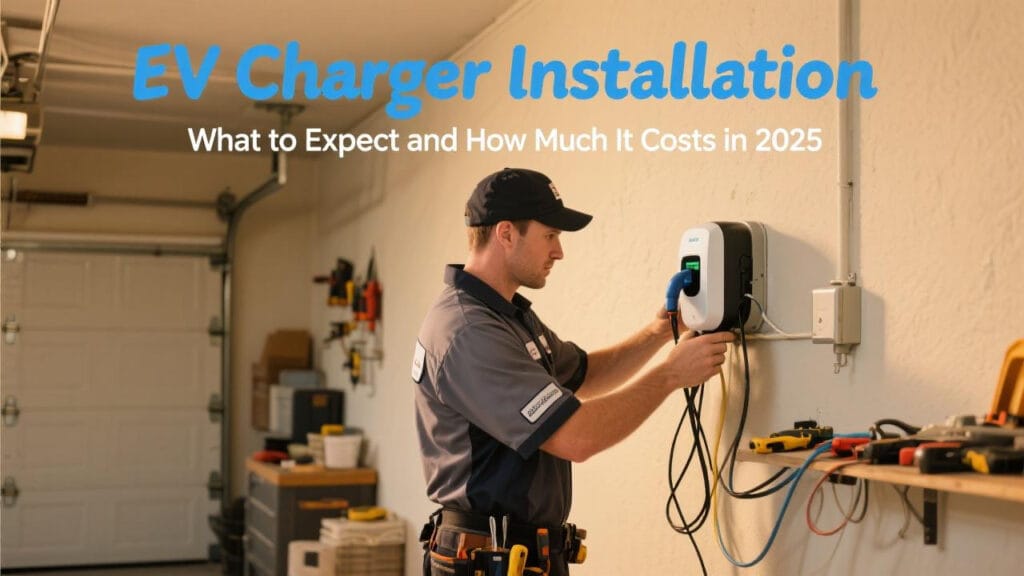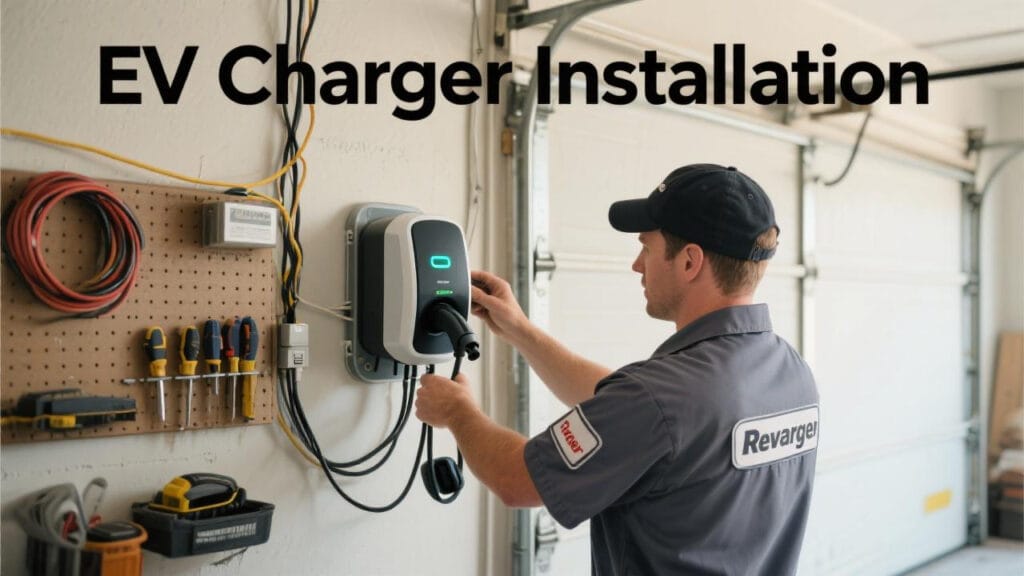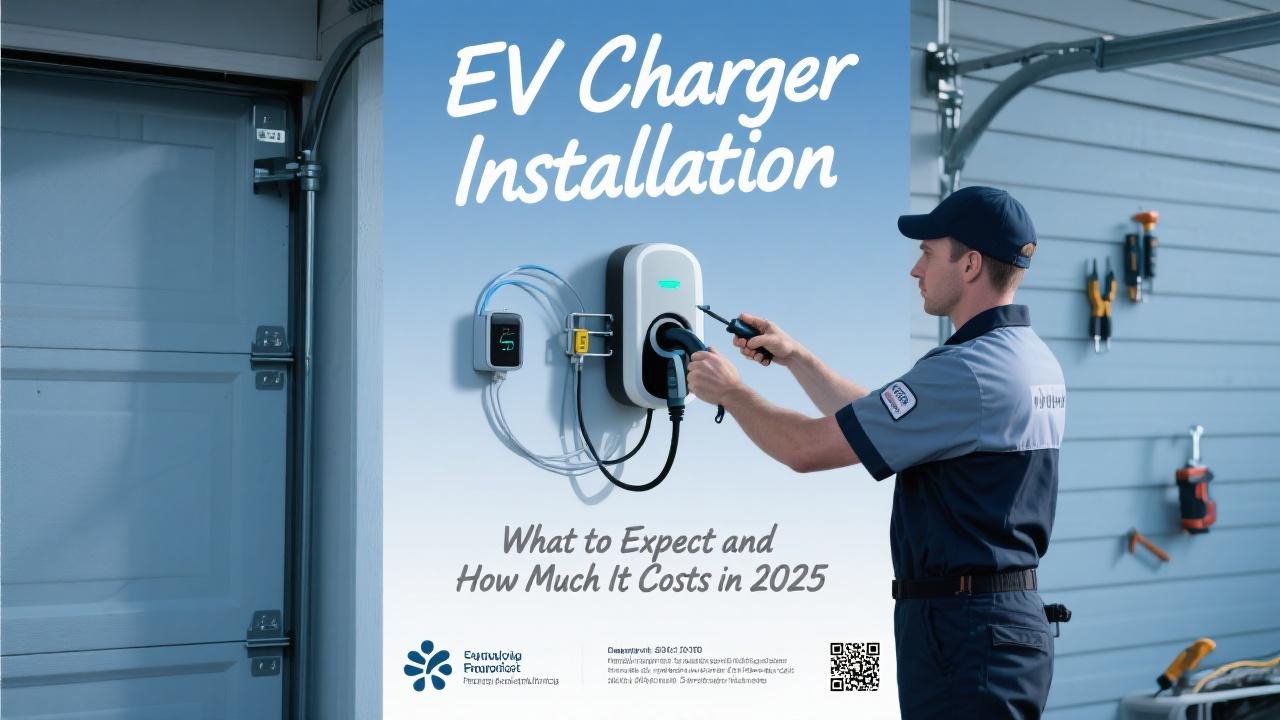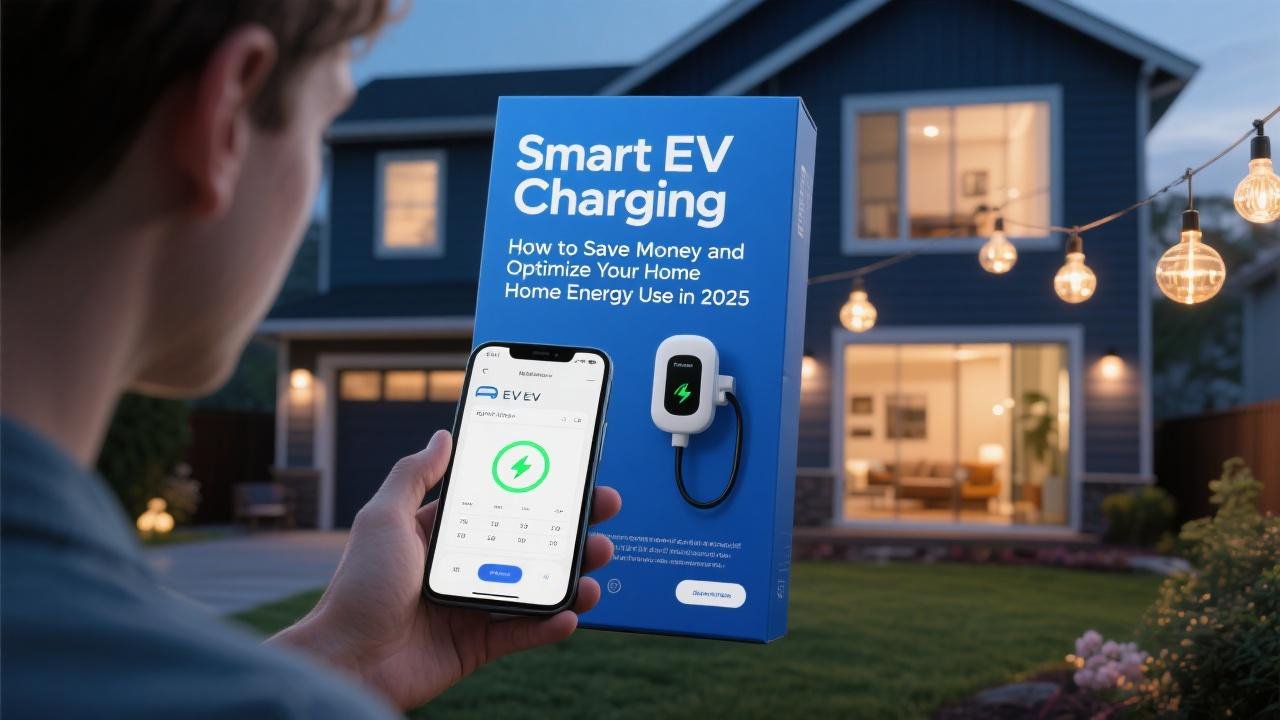Getting Your Home EV-Ready
You’ve chosen your electric vehicle and perhaps even selected the perfect Level 2 home charger. The next crucial step is the installation. Unlike plugging in a toaster, installing a Level 2 EV charger involves significant electrical work and should always be performed by a licensed and experienced electrician. Understanding the installation process, what factors influence the cost, and what to expect can help you prepare for a smooth and safe setup in 2025.
Why Professional Installation is Essential
Level 2 chargers operate on a 240-volt circuit, delivering a much higher current than standard household outlets. Attempting a DIY installation can be dangerous and may not comply with local electrical codes, potentially voiding your home insurance or charger warranty. A licensed electrician will :
* Ensure the installation is safe and meets all National Electric Code (NEC) and local code requirements.
* Correctly assess your home’s electrical panel capacity and determine if upgrades are needed.
* Properly install the dedicated circuit, wiring, and outlet (if applicable) or hardwire the charger.
* Handle any necessary permits and inspections.
The EV Charger Installation Process: Step-by-Step

Here’s a general overview of what to expect during a professional Level 2 EV charger installation :
Consultation and Site Assessment:
- Contact one or more licensed electricians for quotes. Many offer free estimates.
- The electrician will assess your current electrical system, including your main panel’s capacity and available breaker space.
- You’ll discuss the desired location for the charger (e.g., garage, driveway). Key considerations include proximity to your electrical panel (shorter distances usually mean lower cost), convenience for parking and plugging in your EV, and protection from elements if outdoors.
- The electrician will determine the appropriate wire gauge and circuit breaker size based on the charger’s amperage.
Choosing Installation Type: Hardwired vs. Plug-In:
- Hardwired: The charger is directly connected to the circuit. This can sometimes support higher amperage charging if your panel allows and is often considered a more permanent, robust connection.
- Plug-In (NEMA Outlet): The electrician installs a 240V outlet (typically NEMA 14-50 or NEMA 6-50), and your charger plugs into it. This offers portability if you move. The NEMA 14-50 is common for electric dryers and ovens and can handle significant power.
- Discuss the pros and cons of each with your electrician.
Permitting:
- Most Level 2 EV charger installations require an electrical permit from your local city or county to ensure compliance with safety codes. Your electrician will typically handle the permitting process, and the cost is often included in their quote.
The Installation Work:
- Circuit Installation: The electrician will run a new dedicated 240-volt circuit from your main electrical panel to the charger location. This involves installing a new circuit breaker in the panel and running appropriate wiring.
- Wiring: The wiring may be run through walls, attics, crawlspaces, or conduit on exterior walls. The complexity of the wire run significantly impacts labor costs.
- Outlet/Charger Mounting: If it’s a plug-in charger, the NEMA outlet will be installed. If hardwired, the charger itself will be mounted and connected.
- Testing: The electrician will test the circuit and charger to ensure proper operation and safety.
- The installation can take anywhere from a few hours to a full day, depending on complexity.
Inspection:
- After installation, a local electrical inspector will likely need to inspect the work to ensure it meets code requirements. Your electrician usually coordinates this.
Factors Influencing EV Charger Installation Costs in 2025:

The cost to install a Level 2 EV charger can vary widely, typically ranging from $500 to over $7,000 in 2025, excluding the cost of the charger itself. Some Reddit users reported quotes as high as $5,000 for setup alone, while others managed simpler installations for around $700-$1,000 including labor and some materials.
Key cost drivers include :
* Distance from Electrical Panel: The farther the charger location is from your main panel, the more wiring and labor are required, increasing costs. This is often the biggest variable.
* Main Electrical Panel Capacity:
* Sufficient Capacity: If your panel has enough capacity and open breaker slots, the installation is simpler and less expensive.
* Panel Upgrade: If your panel is old, full, or lacks the capacity for a new 240V circuit (especially common in older homes or homes with many high-voltage appliances like hot tubs or electric dryers), a panel upgrade might be necessary. This can add $1,000 to $4,000+ to the cost.
* Load Management: Some smart chargers offer load management features that can help avoid a panel upgrade by automatically throttling the charger’s output if the home’s total electrical load nears capacity. The Emporia EV charger is noted as the cheapest way to get this functionality.
* Type of Installation (Hardwired vs. Plug-In): Installing a NEMA 14-50 outlet might sometimes cost slightly more in materials than a basic hardwire, but offers portability.
* Complexity of Wire Run: Running wires through finished walls, multiple floors, or requiring trenching for outdoor installations will increase labor costs.
* Permitting and Inspection Fees: These vary by municipality.
* Labor Rates: Electrician labor rates differ by region.
* Custom Work: Any non-standard requirements, like installing a sub-panel or extensive conduit work, will add to the cost.
One user on Reddit shared a cost of $1,095 for a 60-amp, 240-volt circuit setup (excluding the charger), while another reported about $900 total ($525 labor, $369 charger). Another user received a quote for $4,500 for a NEMA 14-50 plug installed just three feet from the panel (which they found excessive) and ultimately paid $450 for a simpler job by another electrician. This highlights the importance of getting multiple quotes.
Impact on Your Utility Bill:
Once installed, charging your EV at home will increase your electricity bill. The exact impact depends on your local electricity rates, how much you drive, your EV’s efficiency, and when you charge.
* Average Increase: Homeowners often see an increase of $30 to $100 per month. For example, driving 1,000 miles a month in an EV using 0.32 kWh/mile at an electricity rate of 15.95 cents/kWh could add about $64 to your bill.
* Cost per “Full Tank”: In April 2024, charging a 40 kWh battery (approx. 6 hours on a 7.2 kW Level 2 charger) cost about $6.75 based on the average U.S. residential electricity rate of 16.88 cents/kWh.
* Savings Compared to Gas: Even with the increased electricity cost, charging at home is almost always significantly cheaper than buying gasoline. Monthly savings can range from $80 to $130 or more.
* Time-of-Use (TOU) Rates: If your utility has TOU rates, charging during off-peak hours can save up to 30% or more compared to peak-hour charging. Smart chargers with scheduling features are beneficial here.
* Solar Synergy: Charging your EV with your own solar panels can dramatically reduce or eliminate the added electricity cost from EV charging.
A Smart Investment in Convenient Charging
Installing a Level 2 EV charger at home is a worthwhile investment for most EV owners, providing faster, more convenient charging and unlocking significant fuel cost savings compared to gasoline vehicles. While installation costs can vary, understanding the factors involved and obtaining multiple quotes from licensed electricians will help you secure a fair price. Always prioritize safety and professional installation to ensure your home charging setup is reliable and code-compliant for years of effortless EV ownership.
Consider discussing your EV charging plans with energy solution providers like those accessible through EnergySage, especially if you’re also interested in integrating solar power or battery storage for a complete home energy ecosystem.



